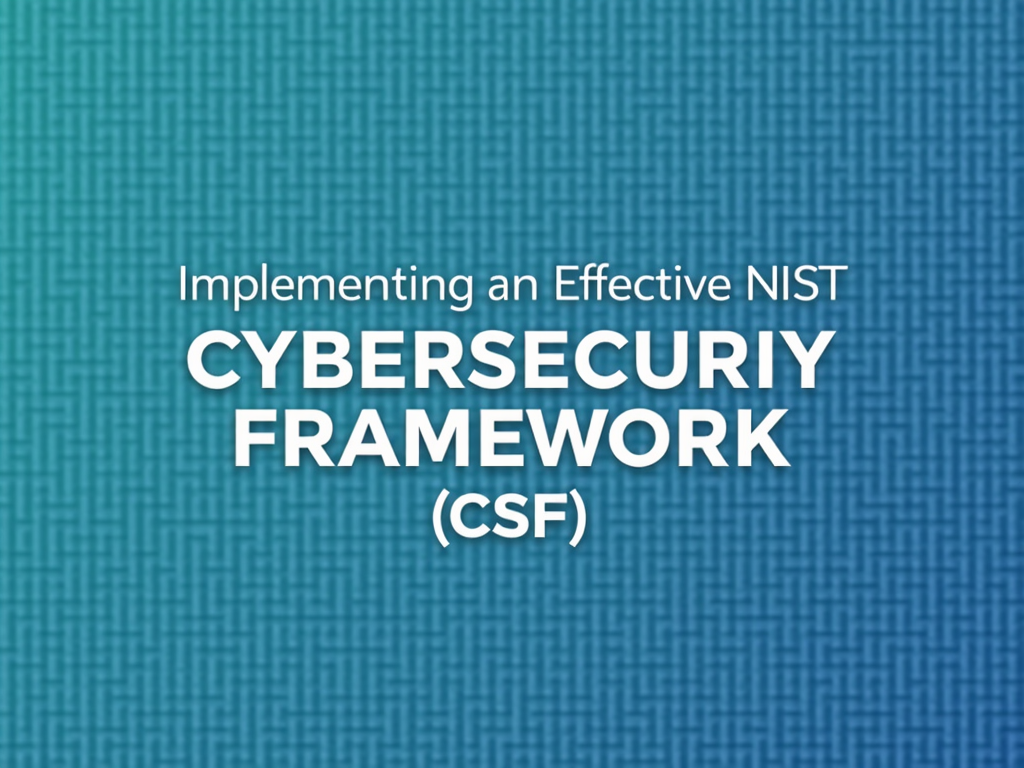Implementing an Effective Cloud Security Policy
As organizations increasingly rely on cloud computing for their business operations, the need to ensure the security and integrity of cloud-based data and applications grows more pressing. A well-designed cloud security policy is essential to protect against threats and maintain compliance with regulatory requirements.
Why a Cloud Security Policy is Essential
Cloud services provide numerous benefits, including increased scalability, reduced costs, and improved collaboration. However, they also introduce new attack vectors and vulnerabilities that can compromise sensitive data and disrupt business operations.
A cloud security policy helps organizations:
- Define security controls and procedures for cloud-based resources
- Identify and mitigate risks associated with cloud adoption
- Ensure compliance with regulatory requirements
- Protect against unauthorized access and malicious activities
Key Components of a Cloud Security Policy
To develop an effective cloud security policy, consider the following key components:
1. Cloud Governance Framework
Establish clear roles and responsibilities for cloud-related decisions and actions. Define decision-making authorities and ensure that stakeholders understand their duties.
2. Asset Classification and Management
Classify cloud-based assets based on sensitivity and risk levels. Implement proper management procedures for sensitive data, including encryption, access controls, and backups.
3. Identity and Access Management (IAM)
Implement robust IAM processes to control access to cloud resources. This includes multi-factor authentication, role-based access control, and monitoring of user activity.
4. Data Encryption
Use encryption technologies to protect cloud-based data in transit and at rest. Implement data loss prevention measures to detect and prevent unauthorized data exfiltration.
5. Network Security
Implement robust network security controls to monitor and control incoming and outgoing traffic. Use firewalls, intrusion detection systems, and other tools to block malicious activities.
6. Incident Response
Develop a comprehensive incident response plan to handle cloud-related security incidents. Establish procedures for containment, eradication, recovery, and post-incident activities.
7. Compliance and Auditing
Ensure compliance with relevant regulations and industry standards. Implement auditing and logging mechanisms to detect and prevent non-compliance.
Best Practices for Cloud Security Policy Implementation
To ensure the success of your cloud security policy implementation:
- Involve stakeholders from across the organization in the development process
- Conduct regular risk assessments and vulnerability scans
- Implement a culture of security awareness and training among employees
- Continuously monitor and update the policy to reflect changing threats and regulatory requirements
Conclusion
Implementing an effective cloud security policy is crucial for protecting sensitive data, maintaining compliance with regulations, and ensuring business continuity. By following best practices and incorporating key components into your policy, you can safeguard your organization’s cloud-based assets and maintain a secure posture in today’s ever-evolving threat landscape.
Note: This article is written in markdown format, which allows for easy formatting and readability. The links are not actual references, but rather placeholders that can be replaced with relevant sources or resources.



